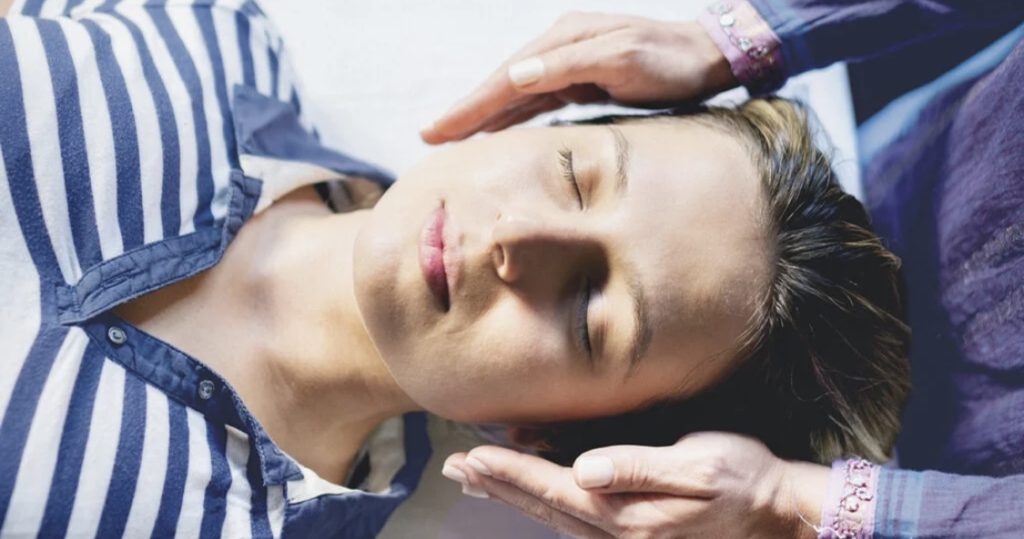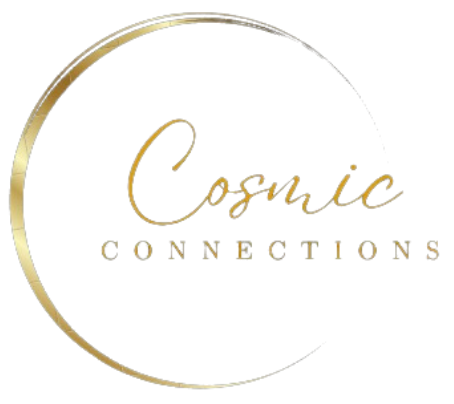The word “Reiki” means “mysterious atmosphere, miraculous sign.” It comes from the Japanese words “rei,” meaning universal, and “ki,” meaning life energy.
Reiki is a type of energy healing. According to practitioners, energy can stagnate in the body where there has been physical injury or even emotional pain. In time, these energy blocks can cause illness.
Energy medicine aims to help the flow of energy and remove blocks in a similar way to acupuncture or acupressure. Reiki practitioners believe that improving the flow of energy around the body can enable relaxation, relieve pain, speed healing, and reduce other symptoms of illness.
Mikao Usui developed Usui Reiki Ryoho, the most current form of Reiki, in 1922. However, people have practiced Reiki for about 2,500 years.
People also refer to Reiki as palm healing or hands-on healing.
What happens in a Reiki session?
Practitioners will typically give Reiki treatment in a peaceful, private setting. However, the treatment can take place anywhere. During a session, the client will sit in a comfortable chair or lie on a table, fully clothed.
The practitioner will then place their hands lightly on or over specific areas of the client’s head, limbs, and torso. They will typically keep their hands in these positions for 3–10minutes.
If there is a particular injury, such as a burn, the practitioner will hold their hands just above the wound.
Advocates state that while the practitioner holds their hands lightly on or over the body, an energy transfer takes place. During this time, the practitioner may report that their hands feel warm or are tingling. They will hold each hand position until they sense that the energy has stopped flowing.
When the practitioner feels that the heat, or energy, in their hands has gone, they will remove their hands and place them over a different body area.
Some Reiki techniques
The techniques that Reiki involves have names such as:
- centering
- clearing
- beaming
- extracting harmful energies
- infusing
- smoothing and raking the aura
Some Reiki practitioners will use crystals and chakra healing wands to enable healing or protect a home from negative energy.
However, Annie Harrington, chair of the Reiki Federation of the United Kingdom, told Medical News Today:
“Reiki relies on no other instruments beyond the practitioner. We do not use crystals, powders, or wands as a general rule. However, one of the benefits of Reiki healing is distance healing, where Reiki is sent over several miles. Then, many practitioners will use crystals to assist with the energy vibrations.”
Sessions can last 45–90 minutes. The number of sessions will vary, depending on what a client wishes to accomplish. Some clients prefer to have one session, while others have a series of sessions to work on a particular issue.
According to practitioners, Reiki channels universal energy known as ki, pronounced “chi.” This is the same energy involved in tai chi exercise.
This energy supposedly permeates the body. Reiki experts point out that although this energy is not measurable with modern scientific techniques, many who tune into it can feel it.
Reiki allegedly aids relaxation, assists in the body’s natural healing processes, and develops emotional, mental, and spiritual well-being. However, no studies have conclusively shown this to be true.
Some anecdotal evidence suggests that it may induce deep relaxation, help people cope with difficulties, relieve emotional stress, and improve overall well-being.
Conditions that people have used Reiki to help treat include:
- cancer
- heart disease
- anxiety
- depression
- chronic pain
- infertility
- neurodegenerative disorders
- autism
- Crohn’s disease
- fatigue
It is important to note that Reiki should never take the place of medical treatments.
However, people living with certain health conditions may be interested in trying Reiki alongside their regular treatment. For instance, some people with cancer may find Reiki beneficial as it may help them relax. The gentle nature of Reiki therapy may have a soothing effect on patients who find that they become overwhelmed with invasive therapy, fear, and stress.
Individuals report different experiences. Some say that the practitioner’s hands become hot, others report cooling hands, and some feel pulsating waves. The most common reports are of a release of stress and deep relaxation.

